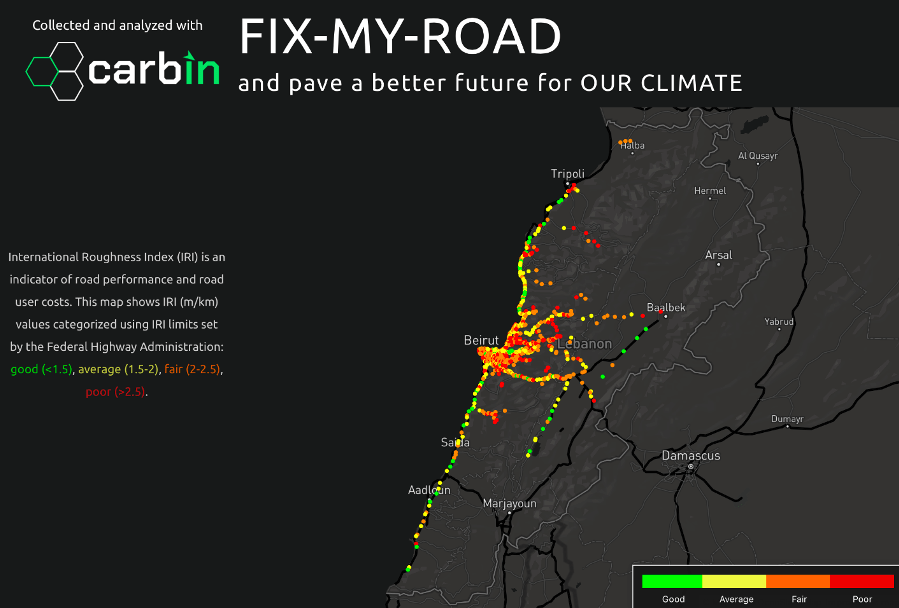Carbin: On the way to smoother and greener roads
Carbin: On the way to smoother and greener roads
Written by Maroun Wakim

Related Articles
Word From Faculty Member
Word from faculty member... Like all of you, we find ourselves in a new world this Spring, trying to adjust to the reality of life during the COVID-19 pandemic in Lebanon and all over the world. While the landscape is changing daily, as of this writing on May 04,...
Editorial Note
Dear readers, In the midst of fighting for a better future, surviving a pandemic and coping with the distress of the 4th of August explosion, MSFEA students across all majors attempted to channel their energy into a productive and positive mindset. Whether it was...
Supermileage Car
Written by Dalia Bekdache Aeolus, named after the Greek God of the Winds, is the newest edition of the AUB Supermileage lineage in 2019-2020, and this year’s team is planning to set another innovative standard at the American University of Beirut. The AUB Supermileage...
